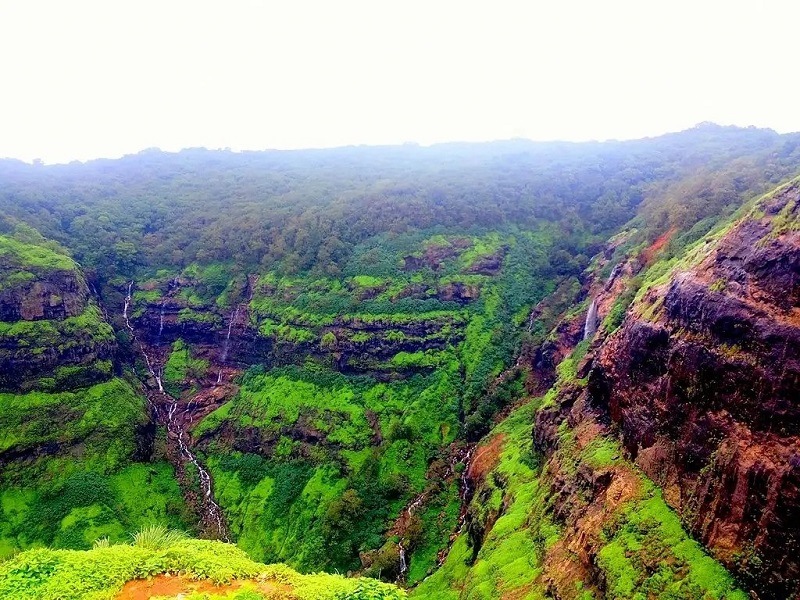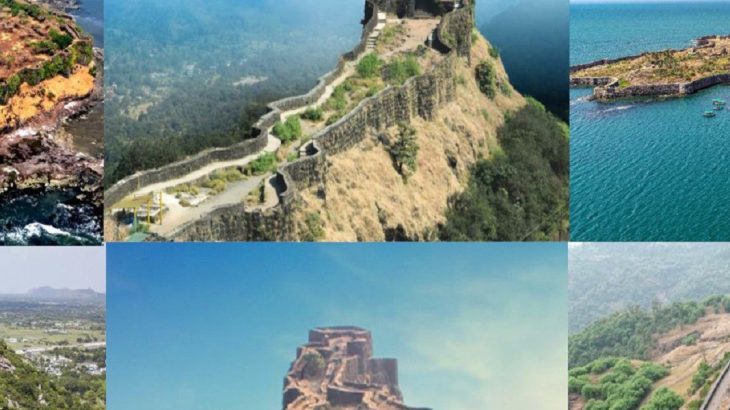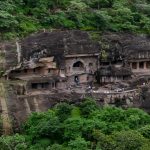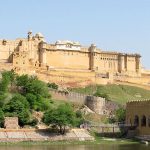India is a nation rich in history, culture, and natural beauty. Numerous remarkable tourist places in India have been acknowledged by UNESCO as World Heritage Sites due to their global significance. The Maratha Military Landscapes of India were designated as the 44th UNESCO World Heritage Site for the country in July 2025, highlighting their strategic and architectural importance from the 17th to the 19th centuries. This decision was made during the 47th Session of the World Heritage Committee convened in Paris. This international recognition honors India’s lasting cultural heritage, illustrating its varied traditions of architectural excellence, regional identity, and historical continuity.
Historical Background of Maratha Military Landscape

The Maratha Military Landscapes of India consist of a collection of 12 forts that were established and enhanced by the Maratha rulers from the 17th to the 19th century. These forts are situated across the varied terrains of the Sahyadri Range, Deccan Plateau, Konkan Coast, and the Eastern Ghats. The military strategy associated with these forts was developed during the reign of Chhatrapati Shivaji Maharaj in the 17th century and persisted until the early 19th century under the Peshwa rule. This network of twelve forts exemplifies strategic military foresight, innovation, regional adaptation, and architectural brilliance. They illustrate a profound comprehension of geography and strategic defense planning. These forts are considered as among the most prominent places to visit near Mumbai.
In 2021, the Maratha Military Landscapes of India were added to the Tentative World Heritage List. Subsequently, they were chosen as India’s official nomination for inclusion in the UNESCO World Heritage List for the years 2024-25. Maharashtra boasts over 390 forts, yet only 11 were selected for this list, along with one fort located in Tamil Nadu. During the 47th session of the World Heritage Convention in July 2025, these 12 forts, collectively referred to as the ‘Maratha Military Landscapes of India,’ were inscribed on the UNESCO World Heritage List.
Book Here: Mumbai Tour Packages
List of Forts
The Maratha Military Landscapes of India comprise 12 forts. Spread across the states of Maharashtra and Tamil Nadu, the selected forts, include Salher in Nashik District, Shivneri, Lohgad, and Rajgad in Pune District, Khanderi and Raigad Forts in Raigad District, Pratapgad in Satara District, Suvarnadurg in Ratnagiri District, Panhala in Kolhapur District, Vijaydurg, and Sindhudurg in Sindhudurg District of Maharashtra, as well as Gingee Fort in Villupuram District of Tamil Nadu. Notably, Shivneri Fort, Lohgad, Raigad, Suvarnadurg, Panhala Fort, Vijaydurg, Sindhudurg, and Gingee Fort are preserved by the Archaeological Survey of India, whereas Salher Fort, Rajgad, Khanderi Fort, and Pratapgad are protected by the Directorate of Archaeology and Museums, Government of Maharashtra.
Must Read: Top Heritage Sites near Pune
Geographical Classification
Regarded as among the top heritage sites in Maharashtra, the twelve forts of Maratha Military Landscapes are distributed across a variety of terrains, ranging from coastal outposts to hilltop strongholds. These forts demonstrate a sophisticated grasp of geography and strategic defense planning. Collectively, they create a unified military landscape that showcases the innovation and regional adaptation of fortification traditions in India. Salher, Shivneri, Lohgad, Raigad, Rajgad, and Gingee are positioned in hilly terrains, thus earning the designation of hill forts. Pratapgad, nestled within dense forests, is categorized as a hill-forest fort. Panhala, situated on a plateaued hill, is classified as a hill-plateau fort. Vijaydurg, located along the coastline, is a prominent coastal fort, whereas Khanderi, Suvarnadurg, and Sindhudurg, encircled by the sea, are acknowledged as island forts.
Book Here: Maharashtra Heritage Tour Packages






























